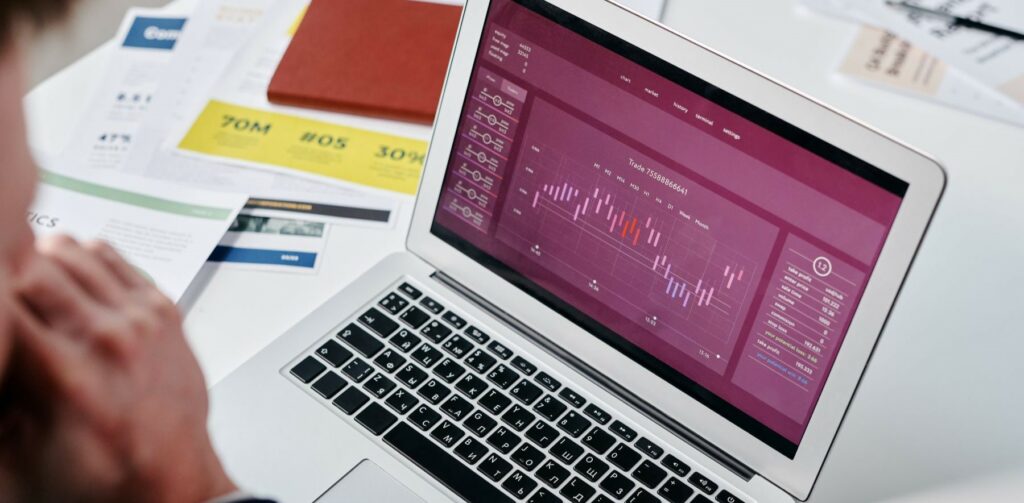
Cybercrime is steadily increasing. Cybercriminals are exploiting the vast and ever-expanding realm of the internet for their own gains. But how can we safeguard our valuable data from these online threats? Is there a solution that's accessible to both individuals and organizations?Yes, there is a solution that goes by the name of two-factor authentication (2FA) or multi-factor authentication (MFA). MFA adds another layer of security to login practices, making it even more difficult for cybercriminals to access accounts and systems.For over 25 years, WEBIT Services has guided clients toward their IT objectives and fortified their systems with various cybersecurity tools and practices.By reading this article, you will learn why security experts recommend utilizing MFA, how it works, and the different kinds of available MFA systems.
Relying solely on passwords for data protection is no longer adequate.Cybercriminals use various tactics to exploit passwords, such as brute force attacks, phishing emails, and social engineering. If they succeed in obtaining one password, and you've used the same password across multiple accounts, all your accounts become vulnerable.For a password to offer remote security, it should meet these criteria:
Even with these precautions, cybercriminals can still breach accounts. Therefore, we must implement additional safeguards to stay ahead of these threats. This brings us to MFA.
MFA adds an extra layer of security by involving an external program.After entering your password, you must provide a randomly generated, time-sensitive code to access a website or account. This code can comprise numbers, letters, or a combination of both.MFA is not a one-size-fits-all solution; there are generally three types available:
Consider the options carefully to choose the suitable MFA for your needs and budget.
As mentioned, MFA adds an extra layer of protection.While your password acts as a lock on your account's door, MFA serves as the deadbolt. These codes are challenging to hack, given their randomness and time sensitivity. Even if a cybercriminal guesses the code, they must do so within the limited timeframe to use it. Once the time expires, the code becomes useless.A cybercriminal can get hold of an MFA code if the account holder directly provides it or is tricked into revealing it through a phishing scam. Therefore, never share your MFA code.MFA systems are highly effective at thwarting hacking attempts, and many cyber insurance providers now require it, as it significantly reduces data breach risk, lowering financial risk for businesses and insurers.
MFA adds an extra step to the login process, requiring a few more seconds to generate and enter the access code. However, these additional seconds are a small price to pay for the increased security it offers. Unless you're a cybercriminal, MFA is nothing but a benefit.
Now that you're acquainted with the different types of two-factor authentication and their added protection, you might be eager to adopt this practice in your organization. Here's how to get started:
Starting with MFA need not be daunting; you don't have to do it alone. It's a critical step in safeguarding your digital world.WEBIT Services is passionate about helping clients reach their cybersecurity goals. We believe education and knowledge are the first steps in building effective cybersecurity practices.If you're looking for a new IT provider, schedule a 30-minute consultation to see if WEBIT Services might fit your company.If you are not ready to speak to our team of experts but would like to learn more about cybersecurity, we recommend the following articles: